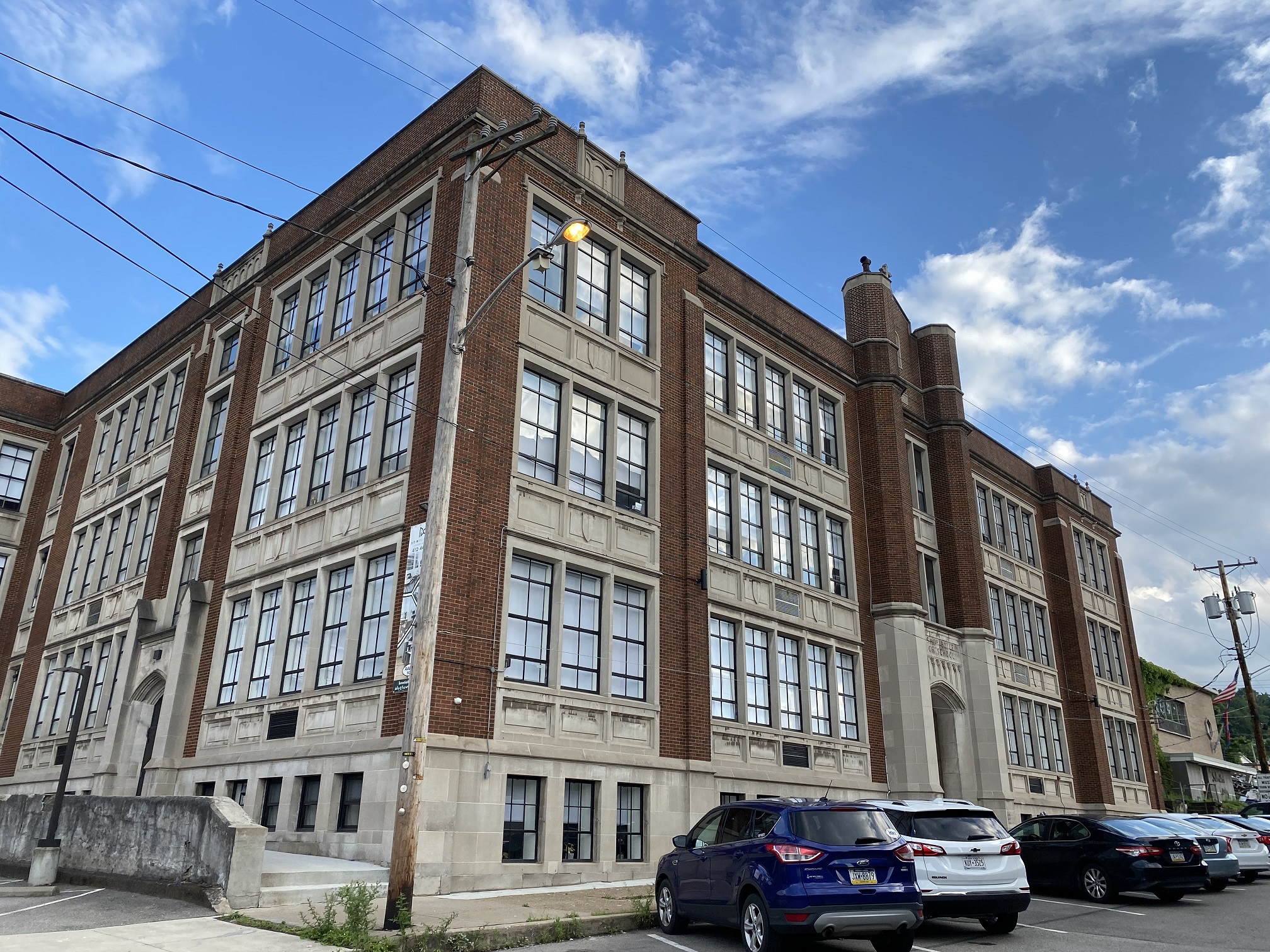Queue the Jeopardy! music…
If you answered “PA SHPO’s Annual Report,” you’re correct!
Blog of the Pennsylvania State Historic Preservation Office
Queue the Jeopardy! music…
If you answered “PA SHPO’s Annual Report,” you’re correct!
This latest installment of “Historic Tax Credits @ Work” features the rehabilitation of a Tudor Style mansion into local office space.
Is it even the end of a year if you don’t see at least a dozen “year in review” lists?
This latest installment of “Historic Tax Credits @ Work” features a successful project to transform an underutilized train station into a community asset.
The Battery Philadelphia is another example of a successful historic tax credit project. This latest installment of “Historic Tax Credits @ Work” shows how a classic “white elephant” was re-energized into a unique lifestyle campus that offers space for people to live, work, stay, and gather under one roof.
It’s been a minute since I did a “year in review” post for the blog, so I thought I’d treat our readers to PA SHPO’s version of the ubiquitous end-of-year list.
In the spirit ICYMI, here is a list of the best posts from 2023 that you want to be sure to read. If I had to sum up the blog’s year in one phrase, I think it’s “a year of education, entertainment, and everything in between.”
Tucked away in quiet North Philadelphia neighborhood is the former Peter Woll & Sons factory, now the Paper Lofts. Historic tax credits – both federal and state – gave the property it’s third lease on life.
The Yorktowne Hotel, in the heart of downtown York at 48 E. Market Street, has been a local and regional landmark for almost a century. Central to it’s riches to rags to riches story – in addition to its enduring community legacy – are the historic tax credits that played a big part in it’s 21st century renaissance.
Are you interested in joining a proactive and dedicated team of preservationists, historians, and archaeologists? The Pennsylvania State Historic Preservation Office (PA SHPO) is seeking a manager to lead the Preservation Incentives Division and help advance PA SHPO priorities. This position is ideal for a professional with proven leadership and relationship-building skills and who has broad knowledge of historic preservation programs.
This is a PA SHPO leadership position!
Continue reading
The Bishop Boyle High School is another preservation success story for Homestead, a small Pennsylvania borough on the south side of the Monongahela River between Pittsburgh and Braddock.
Following the Homestead Masonic Hall a few years ago, Bishop Boyle High School in the Homestead Historic District has also been rehabilitated into housing with the help of the Pennsylvania Historic Preservation Tax Credit and federal Historic Tax Credit programs.
Continue reading© 2025 Pennsylvania Historic Preservation
Theme by Anders Noren — Up ↑
Recent Comments